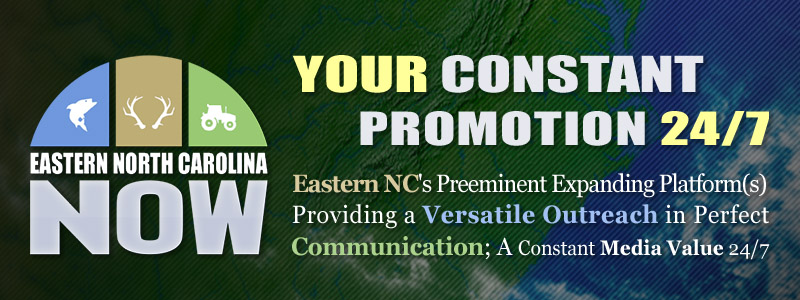Publisher's note: The author of this post is Dr. Terry Stoops, who is Director of Research and Education Studies for the John Locke Foundation. He is also a contributor to the Carolina Journal, John Hood Publisher.
RALEIGH One of the unique characteristics of education funding in North Carolina is the fact that a relatively high percentage of revenue comes from state sources. According to National Education Association estimates for the 2013-14 school year, the national average share of state revenue for public education is just over 46 percent.
In North Carolina, the share exceeds 61 percent, which is highest in the Southeast and eighth-highest nationally. North Carolina's state revenue share is an outlier in the region.
Although seldom recognized during teacher pay debates, NEA researchers note correctly that "no set of tables tells the entire story of a state's education offerings." Indeed, school funding systems have deep historical and political roots, which complicate state, regional, and national comparisons.
Throughout the 18th and 19th centuries, colonies, states, and the federal government allocated very little revenue to public schools. After all, formal schooling was an ad hoc enterprise in most communities, as parents and churches assumed much of the responsibility of educating their children. The most consistent revenue stream came from local property taxes, philanthropy, and, yes, lotteries.
When state legislators opted to fund public schools, they often chose to direct that funding to poor, orphaned, and disabled children, rather than the school-age population as a whole. Compulsory attendance laws and the Great Depression, however, prompted members of the N.C. General Assembly to shift the primary responsibility for funding public schools from local governments to the state, and it has been that way ever since. Other states followed suit.
The centralization of school funding has both positive and negative aspects. It allows states to distribute education dollars in a way that accounts for local economic conditions, specifically the ability of the locality to generate tax revenue through property taxes. As a result, schools in poor counties are not penalized (and wealthy counties are not rewarded) for the ability to generate revenue.
On the other hand, with great money comes greater control. State-focused funding systems give state education leaders and elected officials leverage to disseminate their chosen reforms and regulations. Unions and public school advocacy groups benefit greatly from this system. Rather than lobby each school district individually, they can concentrate their efforts on a relatively small group of decision makers at the state capital.
Likewise, North Carolina's school funding system is a double-edged sword for state lawmakers. It means that the N.C. General Assembly has a huge — perhaps disproportionate — burden of funding the state's public schools. On the other hand, it means that North Carolina's local governments have less responsibility to fund public schooling than they do in most states.
Legislators can make a plausible argument that localities should have a greater role in funding public schools, which would bring us in line with other states in the region. After all, education revenue in neighboring South Carolina is almost evenly split between the state and local governments. By virtue of their tax and governance structure, a number of other states in the Southeast have a greater dependence on local revenue than on state funds.
The question is whether state lawmakers should begin the long-term process of shifting more school funding responsibilities to local governments. Even if the benefits outweighed the costs, the political and legal consequences of such a massive change may be too much for any political party to bear.
























